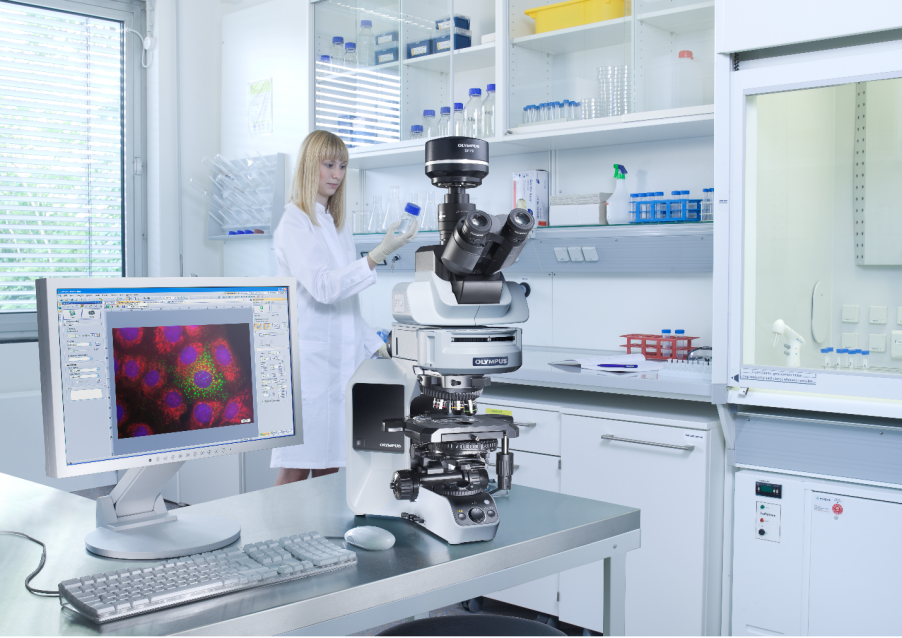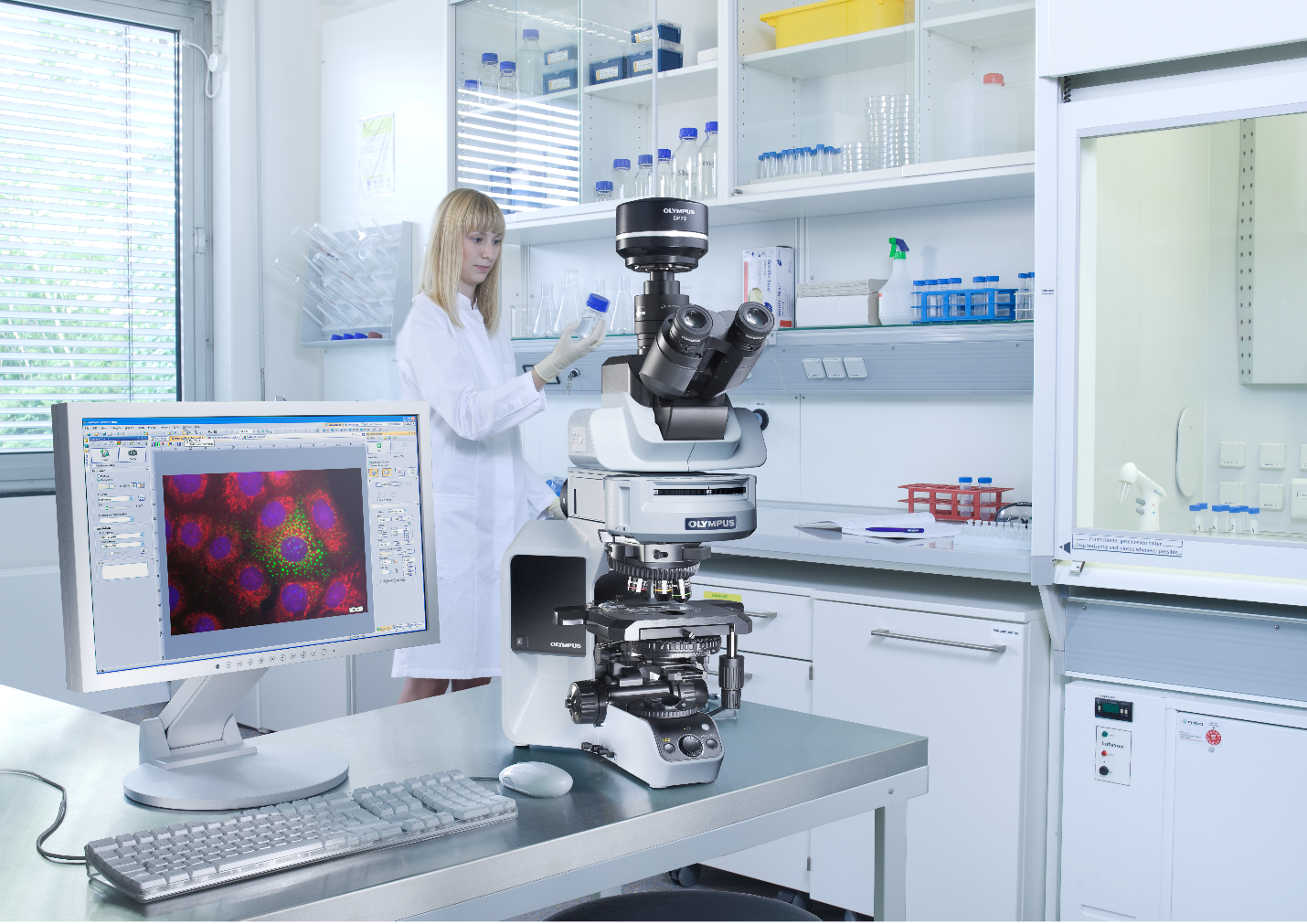There is no question that microscopes are critical tools for research and discovery. Through continued development spurred by commercial and academic influences, the microscope has evolved a long way from the daylight-illuminated single tube of a century ago. The modern microscope is a complex structure refined enough to detect single molecules. But with added complexity comes more questions.
A common query of microscopists is, "what is the best way to cite the microscope you used when contributing to an imaging publication? And, on a related topic, how do you acknowledge the staff that helped you along the way?" To answer these questions, I’ll provide tips that I’ve gleaned from my own experience with publications, both as an Olympus microscopy and biomedical photography specialist.
How to Cite the Microscope Used to Acquire Your Image
There may be a long list of microscope components in your system configuration. When contributing to the methods section of an imaging publication, it can be hard to tell which items are really needed. It’s even more complicated when you consider that many imaging techniques, such as fluorescence or phase contrast, require the use of multiple specialized components to achieve their final result.
The good news is that you don’t need to dig out your old microscope quote to cite part numbers in your papers, but you should give a little more detail than “fluorescence microscope.”
List of Details to Include for Your Microscope Image
Commonly cited microscope configurations may include the following information:
- Microscope model and manufacturer
- Objective magnification, and numerical aperture—be sure to note if it is a specialized objective, such as a phase contrast model, or if it uses oil as an immersion medium
- Observation method specifics, such as brightfield or fluorescence. If using fluorescence, cite the wavelengths and manufacturer of the filters/illuminators being used
- Model of imaging detector—usually, a camera
- Imaging software used for acquisition
- Environmental conditions or treatments, such as incubation or gas control

Acknowledgement or Authorship of Facility Staff
Most of the time, several people are required to take a research project from idea to publication. And this brings up the question of whether or not microscopy advisers and facility staff should be thanked for their efforts through acknowledgements or through authorships?
To answer that question, think about the level of support that they have provided you. For example:
- Have they contributed to the development of your experimental design?
- Have they customized analysis tools for you to use in your research?
As a general rule, if their work is specific to your project, you should consider adding them to your author list. Imaging facilities and other microscopy experts are here to help, and they can help with citations too! They can also help provide you with any grant information that funded the instruments as well as guide you on their preferred methods for citation.
Related Content
5 Practical Ways to Accelerate Your Microscopy Experiments
Perform Accurate and Efficient Microscopy Image Analysis Using TruAI based on Deep Learning


